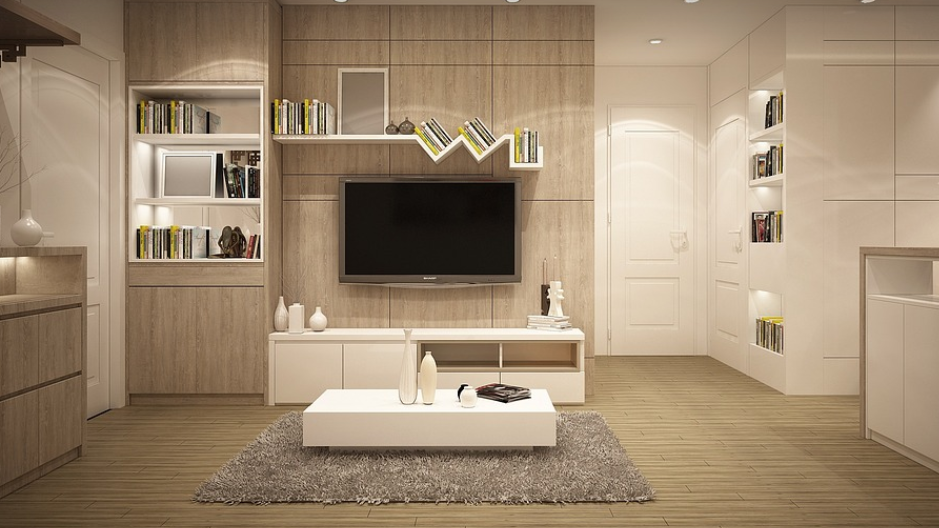The Rise of the “Broadmoor” Era
Universal Broadmoor furniture was more than just a brand—it was part of a cultural moment. The early 2010s saw a surge in demand for unique, handcrafted pieces that embodied both timeless elegance and modern practicality. People wanted furniture that could last generations, that spoke to their individual style, and that fit seamlessly into their lives.
A Closer Look at the Pieces
The “Universal Broadmoor” collection was like a time capsule of that era’s tastes. We’re talking about pieces with clean lines, simple silhouettes, and natural textures, all crafted from quality hardwoods like American cherry, mahogany, and walnut. Imagine a formal living room set with a luxurious sofa upholstered in rich velvet and paired with an intricately carved side table. The piece exudes warmth and sophistication, its design resonating with the desire for refined comfort.
On the opposite end of the spectrum, we have functional pieces like a unique dining table crafted from reclaimed barnwood or handcrafted chairs that are both beautiful and comfortable.
The furniture was designed to be versatile. It could be adapted to different styles—from contemporary minimalism to traditional elegance—allowing homeowners to personalize their spaces.
The “Broadmoor” Legacy
Even today, the “Universal Broadmoor” brand carries a certain nostalgic charm. People are drawn to pieces that possess a story, and these furniture pieces offer just that. They come alive with every passing generation, reminding us of a time when design wasn’t just about trends—it was about craftsmanship and enduring quality.
The “Universal Broadmoor” movement had its roots in the desire for something more than mass-produced, generic furniture. It was about creating spaces that felt personalized and authentically representative of the individuals who inhabited them.
Modern Relevance: Where “Broadmoor” Influence Lives On
While some designs might feel dated, the principles behind “Universal Broadmoor” furniture remain as relevant today as they were in 2018. This style emphasizes quality over quantity, focusing on durability and timeless appeal.
Today’s furniture design draws inspiration from this era’s emphasis on sustainability and craftsmanship. It embraces a mix of classic forms and modern materials, resulting in pieces that are both aesthetically pleasing and built to last. The focus remains on enduring elegance and the ability to transform spaces into personal havens.
Timeless Appeal: The “Broadmoor” Effect
The enduring appeal of this era’s furniture lies in its timeless quality. Pieces like a classic armoire or a statement bookshelf hold their own in modern homes, even though they might be reimagined with contemporary paint colors and accent pieces.
This style’s influence extends beyond the realm of home decor too. The “Broadmoor” ethos can be found in accessories—think antique-style clocks, handcrafted ceramics, or even vintage lamps—elements that embody a sense of history and enduring beauty.
A World of Possibilities: Adapting for Today’s Times
As we move forward, the “Broadmoor” influence has inspired a new generation of furniture makers who continue to embrace craftsmanship and quality. The focus on sustainability and eco-conscious materials means that the “Broadmoor” legacy lives on in more ways than one.
These creators are not afraid to experiment with material combinations, reimagining classic designs through modern lenses. They’re pushing boundaries and reinterpreting timeless aesthetics for a contemporary audience.
